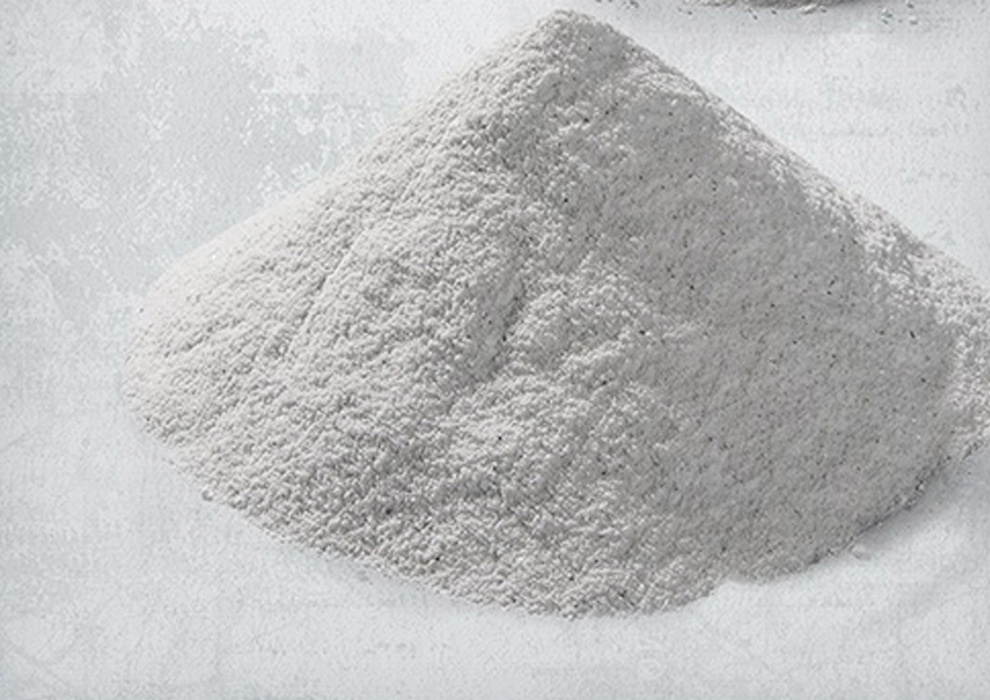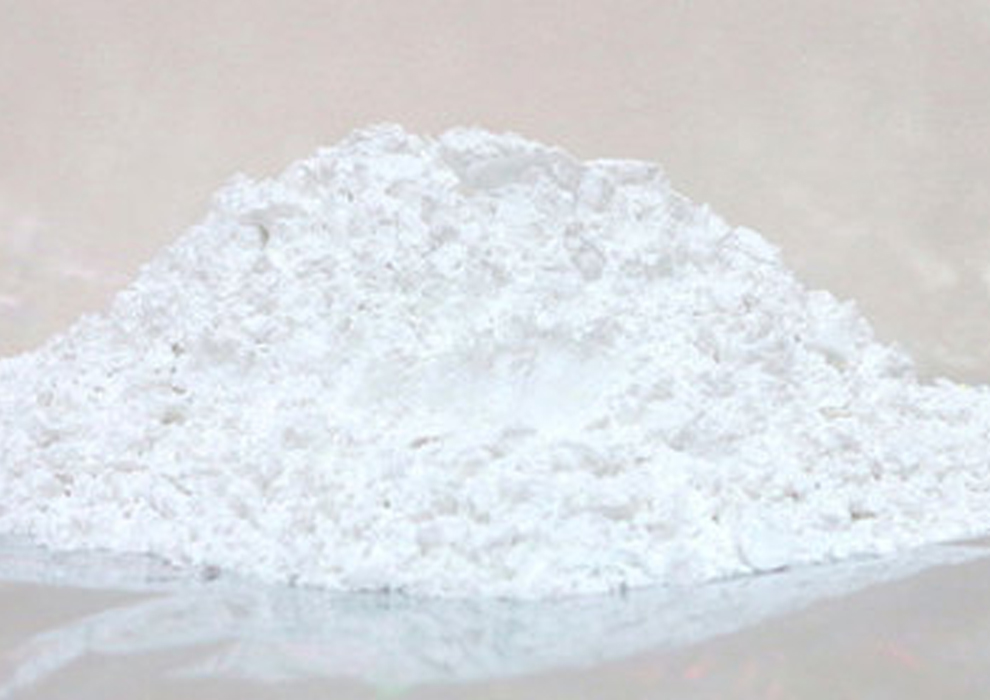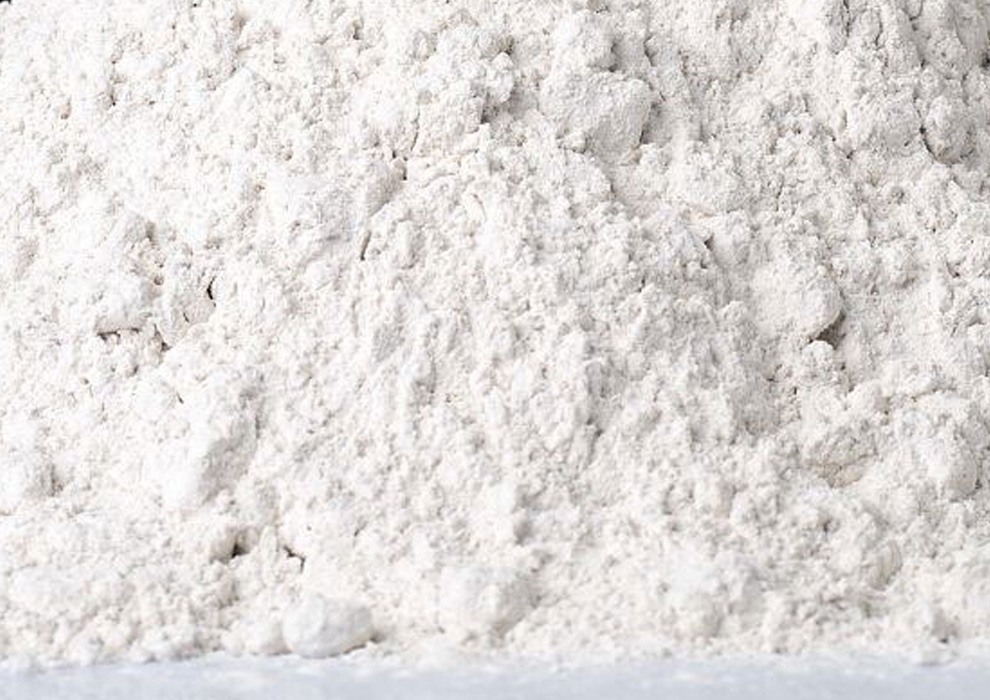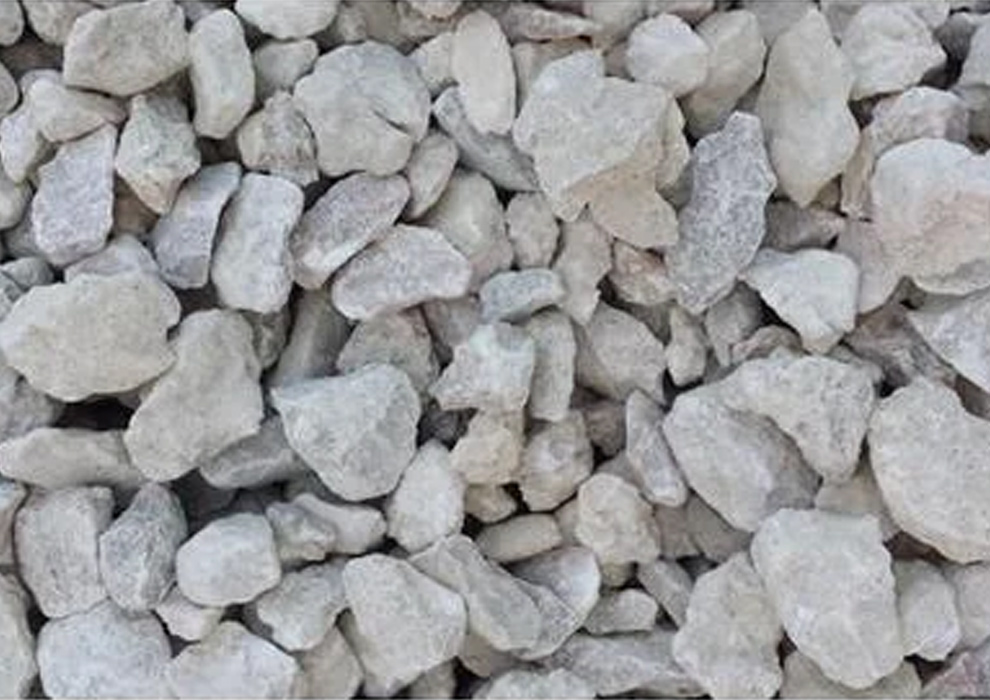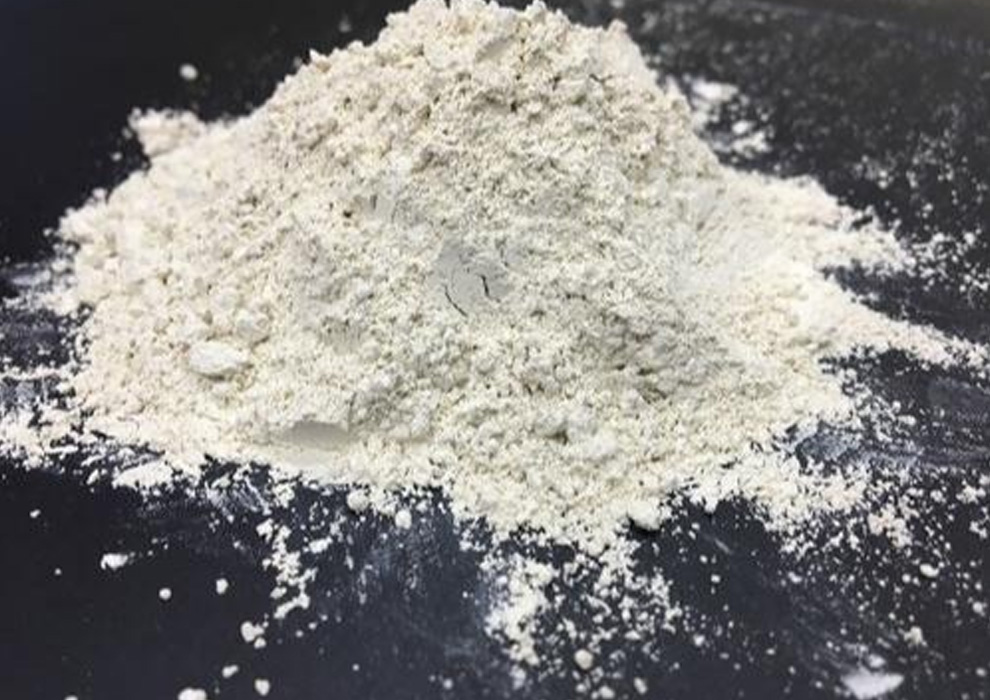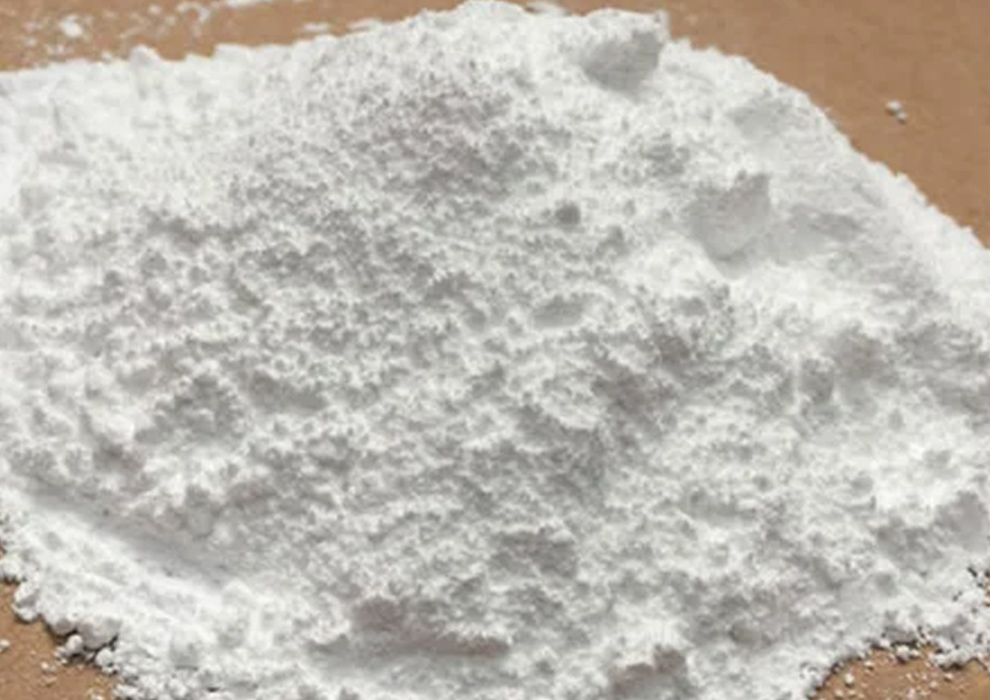Calcined Clay Powder
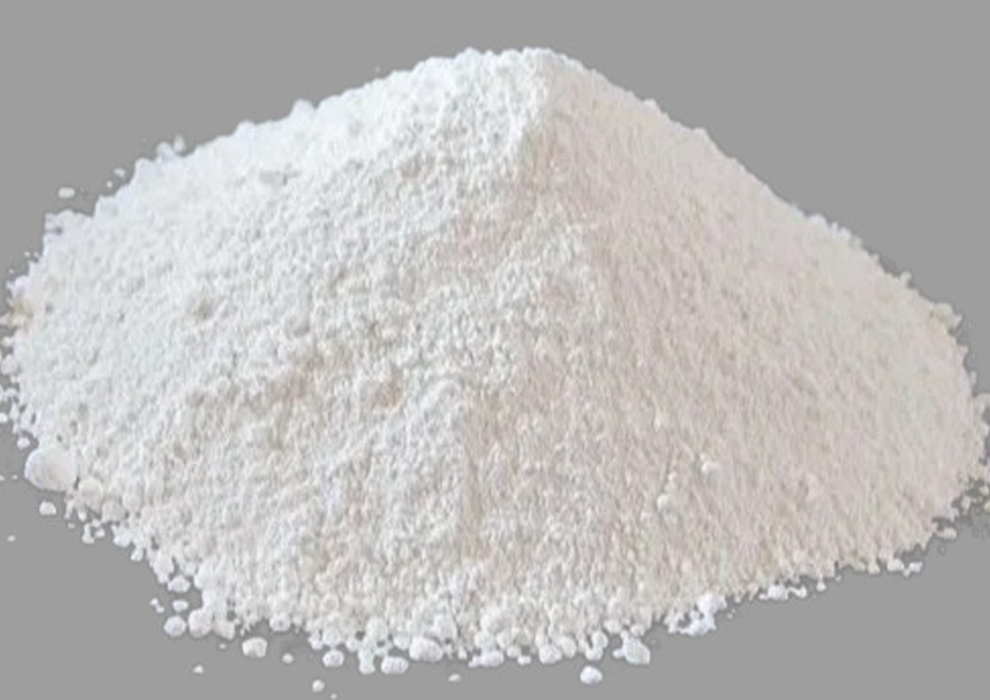

Calcined Clay Powder Uses
Mineral Transformation
During calcination, the crystal structure of the clay minerals undergoes changes. Metakaolin retains the basic framework of the original clay minerals but with altered physical and chemical properties.
Particle Size
Calcined clay particles are often finer than those of the original clay, with increased surface area and reactivity.
Pozzolanic Reaction
Metakaolin is known for its pozzolanic properties, meaning it reacts with calcium hydroxide (lime) in the presence of water to form calcium silicate hydrate (C-S-H) gel. This reaction contributes to improved strength and durability in cementitious materials.
Concrete
Calcined clay is used as a supplementary cementitious material in concrete to enhance its properties, such as strength, workability, and durability. It can partially replace cement while maintaining or even improving performance.
Ceramics
Metakaolin can be used in ceramics to modify the properties of ceramic products, such as improving the firing behavior and mechanical properties of clay-based ceramics.
Paints and Coatings
It is used as a functional filler and extender in paints and coatings to improve properties like opacity, adhesion, and rheology.
Geopolymers
Metakaolin is also used as a precursor material for geopolymerization, a process that creates binder materials similar to cement but with lower carbon emissions.
Refractories
Calcined clay is used in the production of refractory materials due to its high temperature stability and other properties.
Sustainability
The use of calcined clay in various applications contributes to sustainable practices by reducing the consumption of cement, which is a major source of carbon dioxide emissions in the construction industry.



